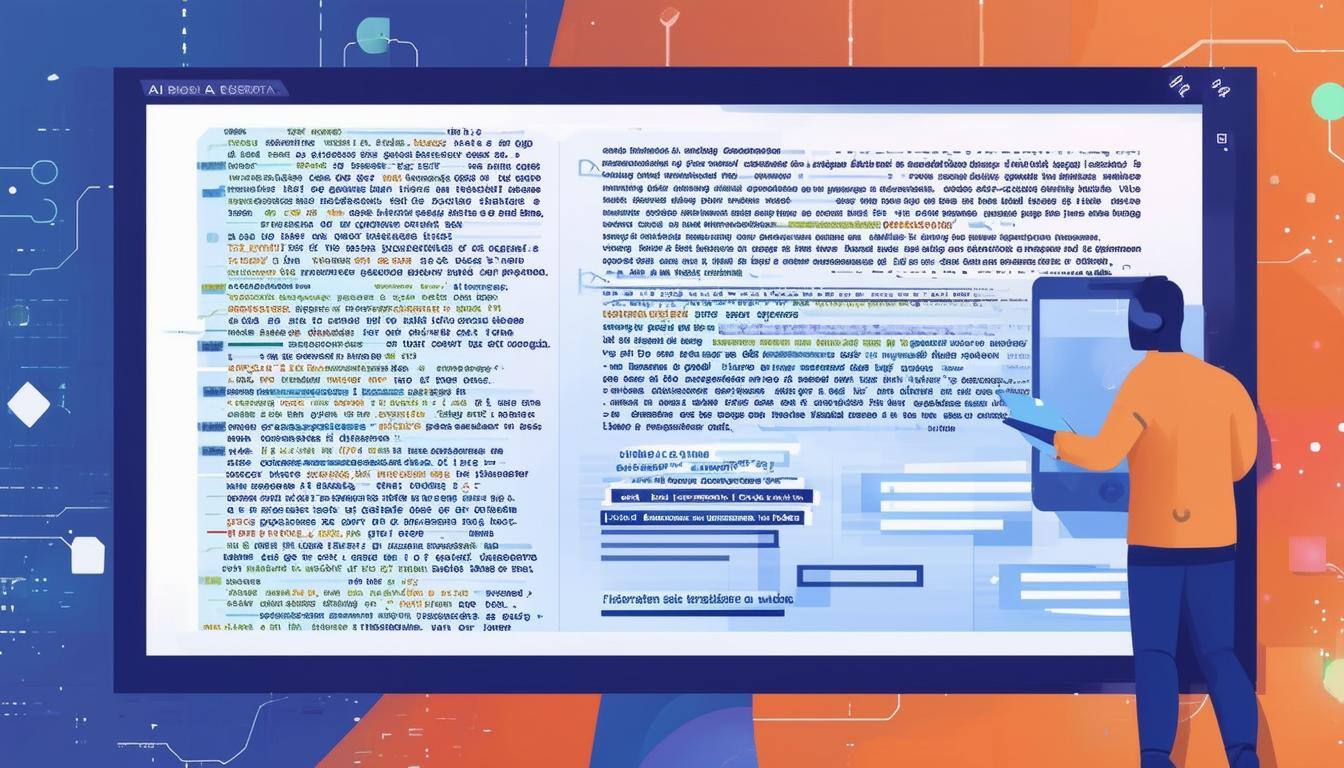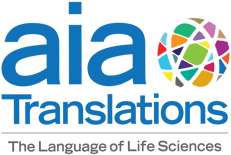The Rise of Personalized Machine Translation in Medical Translation
AI • Feb 10, 2025 12:00:00 PM

The Rise of Personalized Machine Translation in Medical Translation
In the rapidly evolving world of medical translation, precision, consistency, and relevance are paramount. The stakes are high, with patient outcomes, regulatory compliance, and professional reputations all on the line. In this context, personalized machine translation (MT) has emerged as a game-changer, bridging the gap between automation and the nuanced demands of medical translation.
What Is Personalized Machine Translation?
Personalized machine translation refers to the process of tailoring machine translation outputs to meet the specific needs of an individual or organization. Unlike generic machine translation, which applies broad language models, personalized MT incorporates domain-specific knowledge, custom glossaries, style guides, and user-specific preferences to deliver translations that are not only accurate but also aligned with the client’s unique requirements.
Incorporating Custom Glossaries
One of the foundational elements of personalized MT is the integration of custom glossaries. In medical translation, consistency in terminology is non-negotiable. For example, the term “coronary artery bypass grafting” should not be inconsistently translated across documents. Custom glossaries ensure that key terms, abbreviations, and phrases are translated consistently and correctly every time.
These glossaries are often built in collaboration with clients, drawing on their internal terminology databases, regulatory language, or even preferences for regional terminology variations. For example, medical devices may have different approved terminologies in the United States versus Europe. By embedding these glossaries into the MT engine, the translation process becomes more aligned with the client’s expectations.
Leveraging Style Guides
Style guides are another critical component of personalized MT. Medical documents often have strict formatting and stylistic requirements, whether they are clinical trial reports, patient information leaflets, or regulatory submissions. These style guides provide specific instructions on tone, formality, abbreviations, and other stylistic elements.
By incorporating style guides, personalized MT ensures that translations are not only linguistically accurate but also adhere to the preferred writing style. For instance, some medical clients may require formal tones, while others may prefer a more conversational style for patient-facing documents. Style guides also help in adhering to local regulatory and cultural norms, which are crucial in the medical field.
Catering to User-Specific Preferences
Every organization or individual has unique preferences that go beyond glossaries and style guides. Some clients may prefer certain sentence structures, while others may have specific requirements for how numbers, units of measure, or dates are formatted. personalized MT engines can be fine-tuned to incorporate these nuanced preferences, delivering translations that resonate with the user’s expectations.
User feedback plays a vital role in refining these engines. Through iterative updates, the system learns from corrections and evolves to deliver even better results over time. This dynamic adaptability is particularly valuable in the medical field, where guidelines and terminologies are constantly updated.
Benefits of personalized MT in Medical Translation
- Improved Accuracy: By integrating custom glossaries and domain-specific knowledge, personalized MT minimizes the risk of errors, ensuring that translations are medically sound.
- Consistency: Personalization ensures uniformity in terminology, style, and formatting across all documents, critical for regulatory compliance and brand integrity.
- Efficiency: Automated yet tailored translations reduce turnaround times while maintaining quality, enabling faster time-to-market for medical products and services.
The Human Touch in personalized MT
While personalized MT offers remarkable advantages, it is not a standalone solution. Human translators and editors remain essential, especially in the highly specialized medical field. They ensure that the final translations are contextually accurate, culturally appropriate, and free from ambiguities. Personalized MT, when paired with skilled human expertise, creates a powerful synergy that elevates the quality and efficiency of medical translations.
